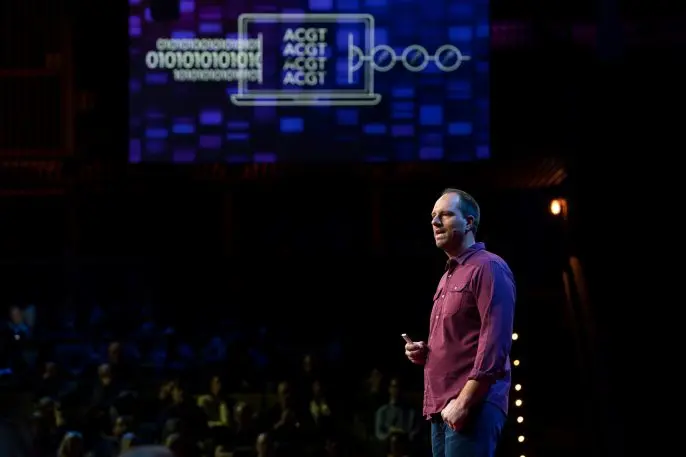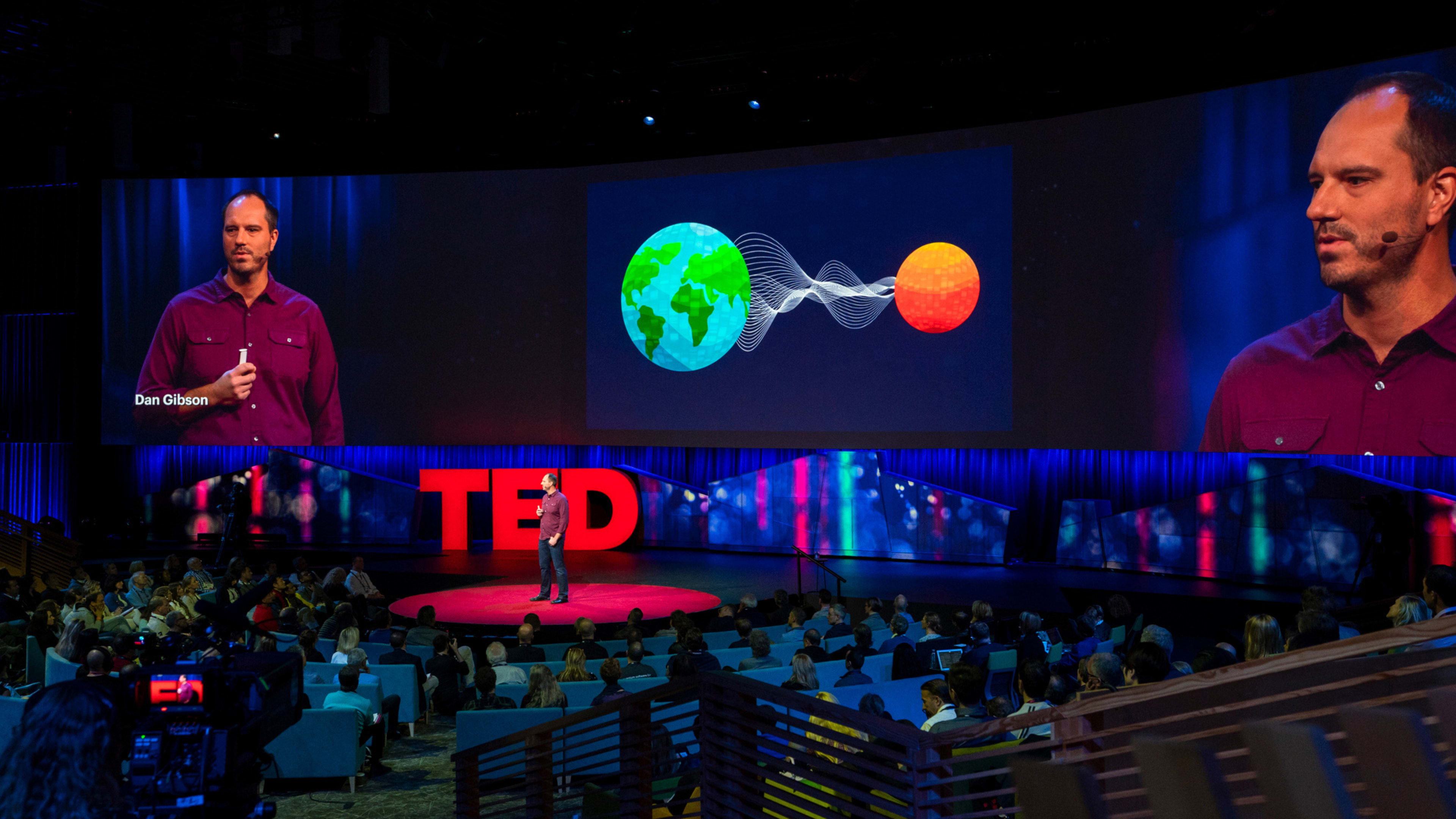When the bird flu broke out in China in 2013, it was poised to be a major epidemic. Even though scientists knew how to vaccinate against the disease, it was spreading much too quickly for that process to be effective. The vaccination process was developed 70 years ago, and has changed little since then: Doctors need to isolate the virus from a patient, package it up, and send it to a facility where it would be injected into chicken eggs to incubate and prepare for a six-month process of readying the vaccine. It’s inefficient and complex, and for the purposes of a rapidly-spreading epidemic, pretty useless.
But Dan Gibson of Synthetic Genomics in La Jolla, California, received an email about the start of the epidemic because his team had recently invented a biological printer that would allow vaccine instructions to be directly downloaded from the internet and printed. The process that Gibson spearheaded would “drastically speed up the way in which flu vaccines are made and potentially save thousands of lives,” Gibson tells the audience at TED 2018 in Vancouver.

So when Gibson got the email about the outbreak, he typed the DNA sequences of bird flu (which are publicly available) into the biological printer he and his team had created. The printer is loaded with oligos (short DNA molecules) along with enzymes that enable fragments of DNA to assemble into cohesive genetic structures (the process of joining fragments of DNA in this manner is called Gibson’s Assembly, after Gibson himself). In 12 hours, he had printed a usable chain of the flu’s DNA, which comes out of the machine on a compact tray. He shipped that chain to Novartis, which developed a vaccine from the chain of synthetic DNA and then administered it in China. “For the first time, we had a flu vaccine developed ahead of time for a new and potentially dangerous strain,” Gibson says.
While Gibson’s recent innovation likely saved hundreds of lives in China, he was not satisfied with the speed of the whole operation. After all, he still had to print out the DNA chains and manually ship them–that process took days to complete. What he wanted to make happen instead was “biological teleportation”–digitally transmitting pieces of genetic material. If one machine, like the synthesizer he developed at Synthetic Genomics, could read and write the code of a DNA sequence, “they can be replicated in other locations,” he says. In other words, he envisioned inputting the genetic code to create DNA chains in one machine, and printing out the sequences for vaccines in another, effectively eliminating the necessity to ship vaccines around the world.
“So naturally, we started to build a biological teleporter,” Gibson says. “We call it the DBC–Digital to Biological Converter.” The DBC, he says, converts digitized DNA sequences into biological entities like DNA, RNA, proteins, or viruses, using pre-loaded DNA molecules that are synthesized using Gibson’s Assembly. With this new machine, “laboratory workflows that once took weeks or months could now be carried out in just one to two days,” Gibson says. He likes to compare the DBC to fax machines, but for biological materials. The oligos and enzymes that form the DNA chains are like ink.
Now consider, he says, how fax machines have evolved. While they used to be big and bulky, now, everything they do is integrated into our computers and smartphones. The DBC today is also rather bulky, but Gibson believes that future iterations will streamline as the underlying technology becomes faster and more reliable.
But even in its current form, Gibson says, the machines will be crucial for the distribution of medicines created from DNA. “Every hospital in the world could use the DBC for printing personalized medicines for a patient at their bedside,” he says. “I could even imagine a day when it’s routine for people to have a DBC to connect to their home computer or smartphone to download their prescriptions like insulin.”
Perhaps most crucially, though, DBCs could be distributed to parts of the world particularly vulnerable to infectious disease outbreaks, where widespread access to medication is still rare. “Sending vaccines via digital file rather than stockpiling them and shipping them out will save countless lives,” Gibson says.
Recognize your brand’s excellence by applying to this year’s Brands That Matter Awards before the early-rate deadline, May 3.
